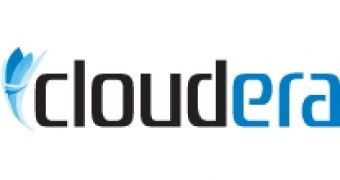Cloudera, the startup that bills itself as the commercial Hadoop company, has announced the launch of Cloudera Desktop, a tool set to manage Hadoop installations through a graphical user interface. It is designed to lower the bar allowing novice developers or even users with no development experience to access the data stored in a Hadoop cloud.
“At Cloudera, we’re focused on making Hadoop easy to install, configure, manage, and use for all organizations. While there exist many utilities for developers who work with Hadoop, Cloudera Desktop is targeting beginning developers and non-developers in an organization who’d like to get value from the data stored in their Hadoop cluster. By working within a web browser, users avoid the tedious client installation and upgrade cycle, and system administrators avoid custom firewall configurations,” the company announced.
The app is still in beta but has several tools to make it easier to handle certain tasks. The Cloudera Desktop includes a file browser to navigate the files stored in the cloud mimicking the layout of a typical file system that users are accustomed to. Most of the basic file operations are available, obviously navigating the folder structure but also things like renaming files and directories, viewing file contents and uploading files to the cloud through the web browser.
The Job Browser tool allows users to manage and review MapReduce jobs that have been completed or are currently running. There are debugging options, as well as performance markers for the tasks. Complementing the Job Browser is the Job Designer tool which, as the name implies, enables users to create MapReduce jobs and also to save them for later use.
Finally, Cloudera Desktop includes a Cluster Health tool allowing users to monitor the state of their cluster with a variety of metrics presented in real time. The company announced that it would launch additional tools in the next few months and that it's also working to design a standard API to enable developers to create tools and apps for Desktop.

 14 DAY TRIAL //
14 DAY TRIAL //